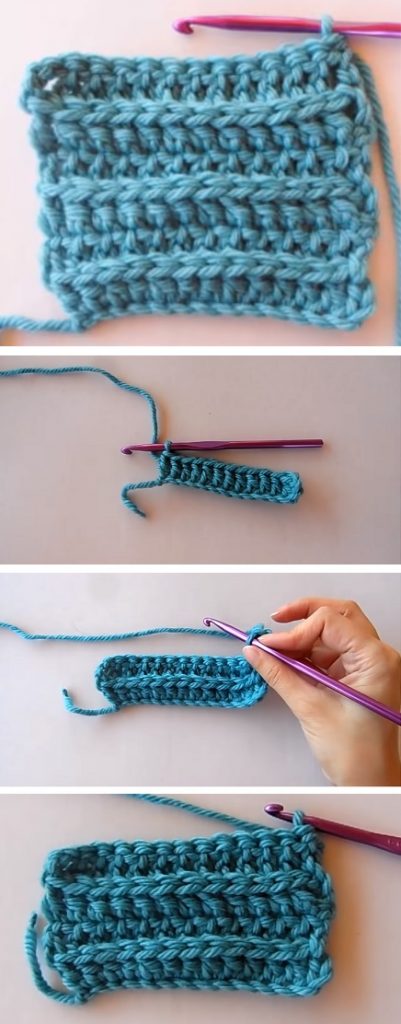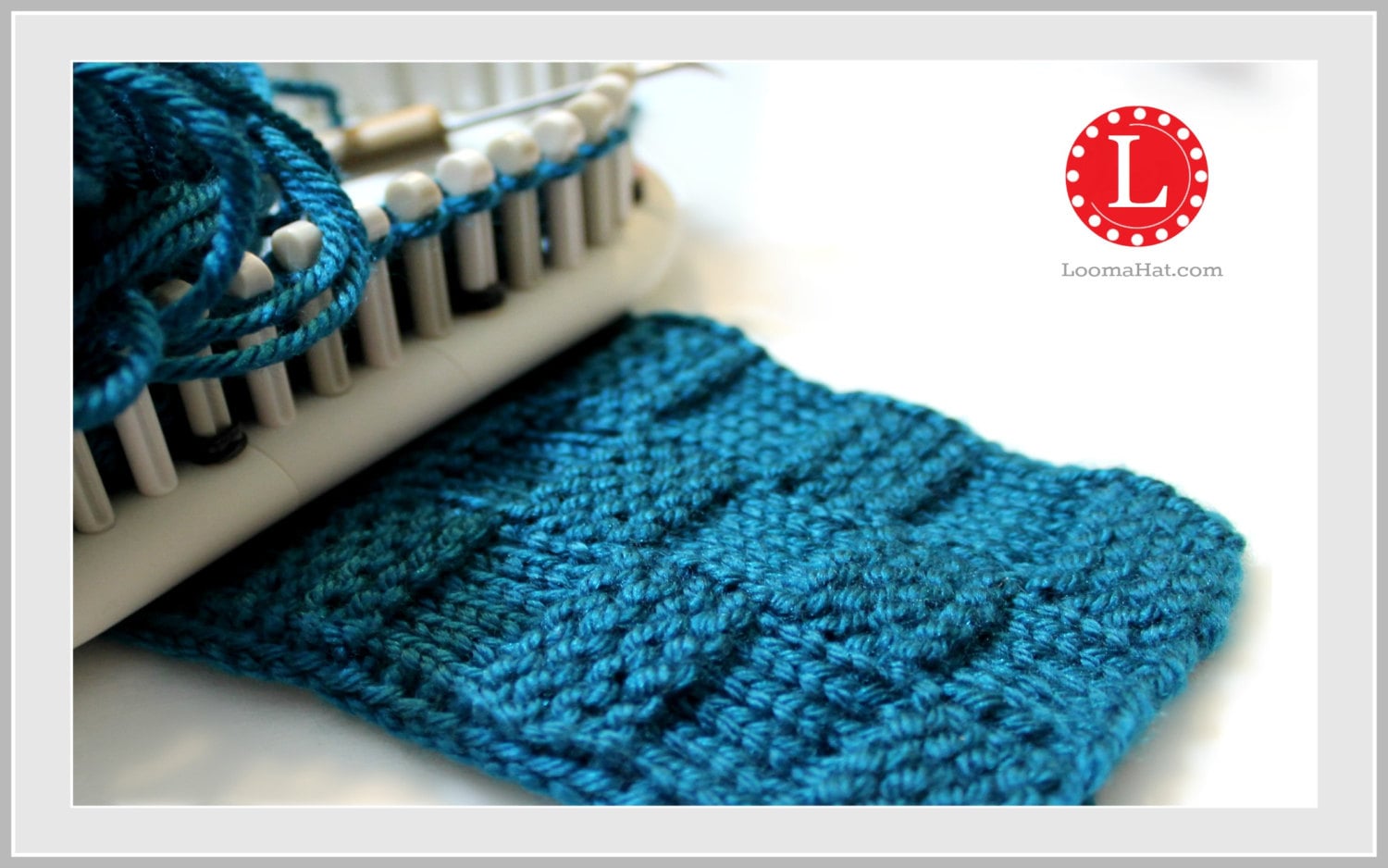

Knitted fabrics have always been more difficult to model than woven fabrics.

“Because you have the loops forming many different connections, knitting is more complex than weaving. Knitting is a kind of programming that maps stitch operations to specific physical structures.” Breen said. “What’s interesting about knitting is that, at the stitch level, it has a completely programmable microstructure. In addition, knitting allows for more controllable design touch points, as well as the ability to generate 3D shapes without added manufacturing steps, such as cut and sew. Breen suggests this is partly because knitting supports more intricate yarn interactions than weaving, which is advantageous for creating electric circuits. The resulting diagram, called a topology graph, allows designers to pinpoint where a piece of yarn is, with respect to the overall plane of the textile, at any given point within it.īuilding up this baseline design information for knitting is coming at a time when more researchers are considering knits for making functional fabrics.


TopoKnit translates stitch commands - like knit, purl and transfer - as they would appear in a knitting pattern, or the program of a digital knitting machine, into a map that shows where the yarn travels, loop by loop, and how it interacts with adjacent loops as the textile is formed. While it doesn’t solve the entire modeling challenge, the program does provide an essential element of the design process: documentation of how parts come together to make a finished piece - the equivalent of a blueprint in architecture. The piece introduced TopoKnit, a suite of algorithms they developed as a tool for modeling the path of a yarn within a knitted textile.
Knit stitch designer full#
“In order for these textiles to be widely deployed and reach their full industrial potential, computer-based modeling and simulation tools must be developed to support the design and optimization of knitted structures,” Breen’s group wrote in a recent paper in the journal Graphical Models.
Knit stitch designer software#
One of the greatest barriers to full integration of technology into textiles and broader retail adoption of functional fabrics, according to David Breen, PhD, a professor in Drexel’s College of Computing & Informatics who has been computer modeling fabric since the 1990s, is that current software used for industrial design and production of textiles lacks the thread-level detail necessary for digital sampling and precision manufacturing of fabric devices. In most of these garments, technology is an external addition, rather than an integrated feature, of the design. While the promise of textile-embedded technology, or “functional fabrics,” has been on the horizon for decades, it has primarily been realized in the form of high-performance and technical military gear and high-end fashion concepts. Now a team of researchers at Drexel University is translating those loops and twists into a digital architecture of knitting - a key step in the process of incorporating new technologies into textiles. Blankets, sweaters, gloves – all took shape by combining just a handful of basic stitches. For centuries, the earliest makers knitted things into being. Before 3D printing, CNC routing, laser cutting and the tools of ubiquitous “making,” there was yarn and needle.


 0 kommentar(er)
0 kommentar(er)
